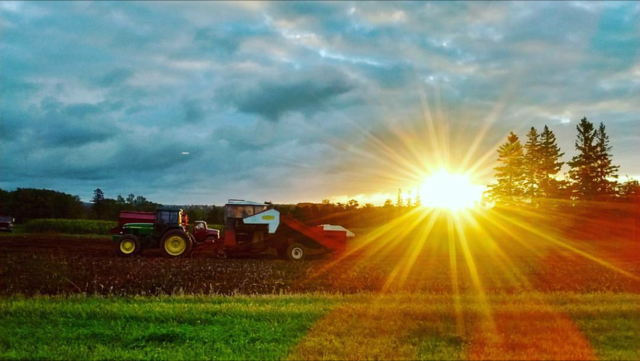Farm Litigation Rates Are On The Rise

Litigation rates involving farms are on the rise according to agricultural law experts – and not just because of estate and succession conflicts
by Matt McIntosh – Farm Credit Canada (FCC)
Greater pressure from non-farming populations and regulators suggest higher litigation rates are the new norm.
“Litigation will continue to accelerate as long as agriculture remains on the course it’s on, with larger farms and more money at stake,” says John Goudy, a farmer and lawyer based in southwestern Ontario.
Estate-related legal battles between family members or business associates are part of an overall increase in litigation. In his experience, Goudy says other factors also contribute to the increase:
Improper or non-existent leases and other legal agreements – handshake deals and oral contracts don’t provide legal protection Normal farm practices causing issues with neighbours, so individuals are more apt to make nuisance-related claims related to matters such as dust and odour Regulations coming from multiple sources, such as conservation authorities, municipalities and others scrutinizing on-farm practices
“Greater pressure from non-farming populations and regulators suggest higher litigation rates are the new norm”
Rural-urban divide less insulating
Goudy says these factors are also tied to the ever-increasing number of non-farmers living in the agricultural landscape and the changing face of farming.Factors such as the consolidation of farm ownership and the adoption of practices such as using human waste products for fertilizer or building a biodigestor, combined with swelling farm business values, push the boundaries of traditional thinking.
“There may be a point where a practice is adopted by the ag-community, but it’s industrial,” Goudy says. “The rural landscape is being subsumed into the urban community and the urban community is imposing its laws and customs. The days of the rural community being insulated from the urban community are over.”
Goudy adds the increasing scale and intensity of agricultural operations also generate more instances where regulatory authorities lay charges or orders against farms. Drainage issues, for example, can bring scrutiny from municipal governments, as well as local conservation authorities. The complexity of regulations – as well as the number or regulatory bodies themselves – make instances of litigation even more likely.
More estate, cleanup litigation
Colin Simmons, a Calgary-based agricultural lawyer, says litigation has increased in situations involving divorce and estate distribution. He anticipates this trend will continue as large portions of the population – particularly baby boomers – exit the scene.Additionally, he says conflicts related to water-quality are common between farmers and their neighbours, at least in drier parts of the country. He anticipates this will not lessen as more non-farming individuals move out of urban areas.
Regulatory litigation is also a reality for environmental issues not entirely related to farmer actions. In Alberta, for example, many oil and gas wells have been abandoned by the companies that originally built them. However, responsibility for cleaning up the site – whether it be the company, landowner or province – is often unclear, bringing on the possibility of litigation.
Bottom line
Agricultural lawyers say litigation rates are on the rise across the country. Be aware that older business practices, like handshake agreements, are no longer acceptable, experts say. At the same time, changing community and regulatory expectations, as well as higher farm values can lead to more legal challenges.












